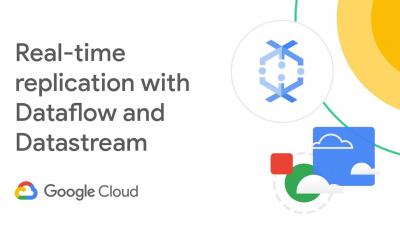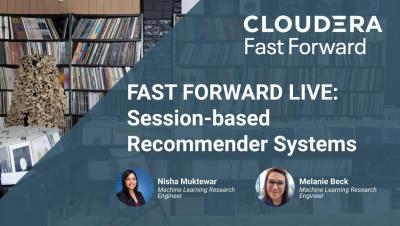BI Compliance: Can a Restructure Deliver Enhanced Data Privacy?
Every data-driven business is terrified of the prospect of a data breach. Exposing sensitive data could mean reputational damage, loss of clients, and heavy fines under emerging privacy laws. But every data-driven business also wants to make use of its data. Business intelligence (BI) platforms allow anyone to build complex and detailed dashboards that help them understand the organization’s current state. How do you resolve this tension? One approach is to build a privacy-first data structure.







